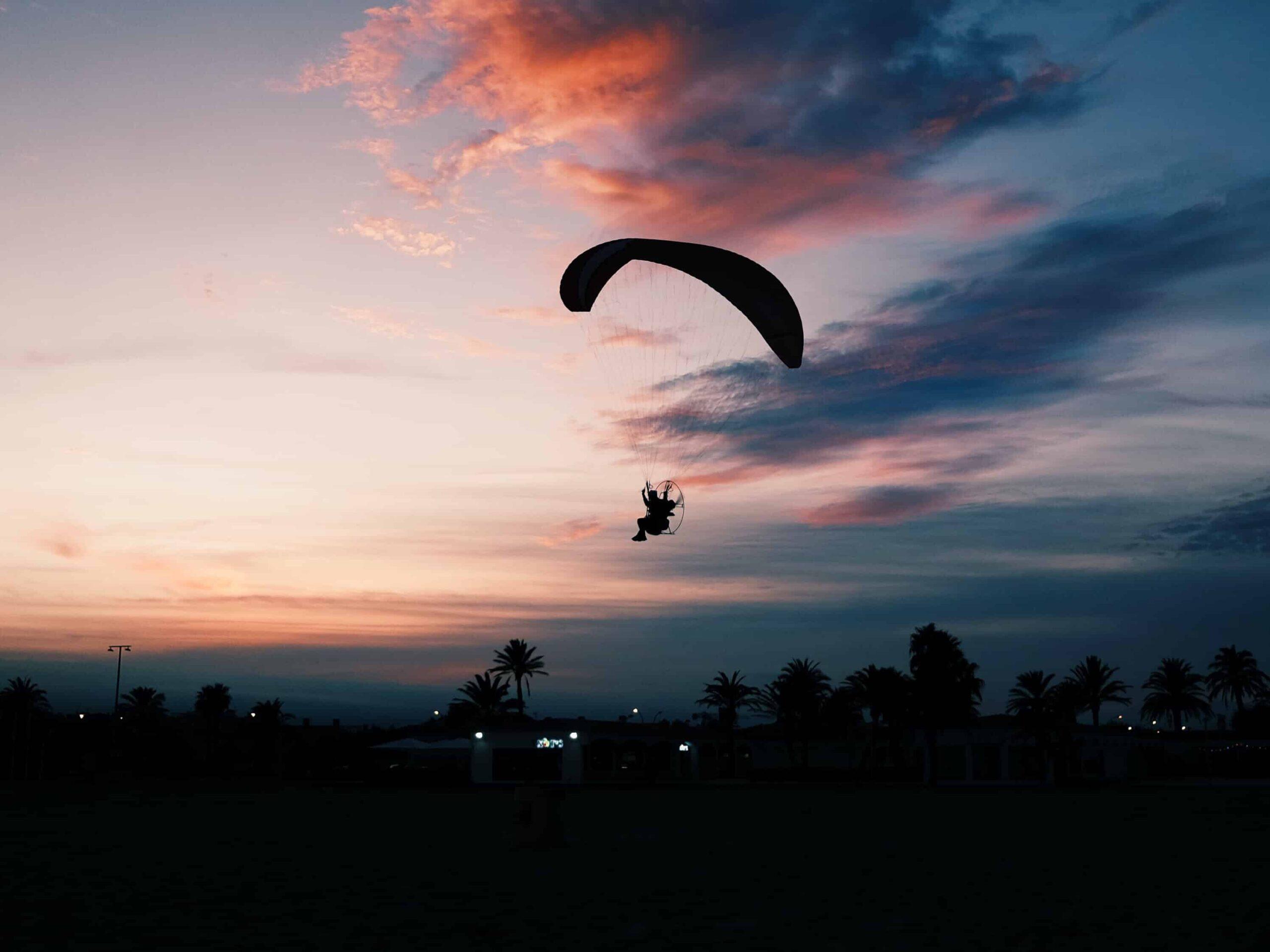Introduction:-Skydiving is a sport that encapsulates the essence of adventure, adrenaline, and pure exhilaration. The feeling of free-falling from thousands of feet above the ground is an experience like no other. However, the thrill of skydiving comes with a set of rules and regulations designed to ensure the safety of participants. In this comprehensive guide, we will delve into the world of skydiving rules, covering everything from equipment requirements to jump protocols.
Equipment Regulations
-
Parachute Systems:
- Skydiving regulations mandate the use of approved parachute systems. These systems consist of a main parachute and a reserve parachute, both meticulously inspected and packed by certified riggers.
- Main parachutes must meet specific design and performance standards to ensure safe deployment and landing.
- Reserve parachutes act as a fail-safe in case the main parachute malfunctions. Rigorous testing and regular maintenance are essential to keep them in optimal condition.
-
AAD (Automatic Activation Device):
- An AAD is a crucial safety feature that automatically activates the reserve parachute if the skydiver is unable to do so manually. Regulations often require the use of AADs, providing an additional layer of safety.
-
Altitude Altimeters:
- Jumpers must carry altimeters to monitor their altitude during the skydive. This helps them adhere to specific altitude requirements for deploying their parachutes.
-
Helmet and Goggles:
- Safety precautions extend to the skydiver’s attire, with regulations stipulating the use of helmets and goggles. These not only protect against head injuries but also ensure clear vision during the descent.
- Discover the thrill of whitewater rafting with our comprehensive guide. Explore top destinations Middle & long distance and Australian rules, essential gear, and safety tips for beginners
Training and Certification
-
Accelerated Freefall (AFF) Training:
- Skydiving novices typically undergo AFF training, a comprehensive program that includes ground instruction and a series of jumps with certified instructors.
- Training covers freefall body positions, parachute deployment, emergency procedures, and landing techniques. Successful completion of the AFF program is often a prerequisite for solo jumps.
-
USPA (United States Parachute Association) Membership:
- Many countries have their own skydiving associations, such as the USPA in the United States. Membership in these organizations is often required for participation in organized jumps.
- USPA membership involves adherence to their safety guidelines and regulations, promoting a standardized approach to skydiving practices.
Jump Protocols
-
Exit Procedures:
- Proper exit procedures are crucial for a safe skydive. Jumpers must maintain a stable body position during exit to avoid uncontrolled spins or flips, which can lead to complications during freefall.
-
Freefall Safety:
- Maintaining a stable body position during freefall is essential for both safety and an enjoyable experience. Uncontrolled movements can increase the risk of collision with other jumpers, leading to dangerous situations.
-
Canopy Control:
- After deploying the parachute, jumpers must demonstrate proficiency in canopy control. This includes the ability to navigate, perform turns, and manage the parachute’s descent rate to ensure a safe landing.
-
Landing Procedures:
- Regulations outline specific landing zones and landing patterns to avoid collisions between skydivers. Proper flare technique is taught to reduce the speed of descent and ensure a soft landing.
Weather Conditions
-
Wind Limits:
- Skydiving is highly dependent on weather conditions. Regulations establish wind limits for safe jumps, considering factors such as wind speed and gusts at various altitudes.
-
Cloud Cover:
- Cloud cover can impede visibility and increase the risk of mid-air collisions. Skydiving rules often prohibit jumps in cloudy conditions to maintain a clear and safe airspace.
-
Thunderstorms and Turbulence:
- Thunderstorms and turbulent weather pose significant risks to skydivers. Regulations typically mandate the suspension of jumps during adverse weather conditions to prevent accidents related to wind shear or lightning.
Emergency Procedures
-
Malfunction Procedures:
- Skydivers are trained to handle parachute malfunctions through emergency procedures. This includes actions such as cutaways and reserve deployments to ensure a safe descent.
-
Emergency Landing Areas:
- Regulations specify designated emergency landing areas in case a jumper encounters difficulties with their main parachute and needs to execute a reserve landing.
-
Communication Protocols:
- Effective communication is vital in case of emergencies. Skydivers are trained to use hand signals and audible devices to convey important information, especially during group jumps.
Conclusion
Skydiving is a sport that offers an unparalleled rush of adrenaline and a sense of accomplishment. However, the thrill comes with a responsibility to adhere to strict rules and regulations to ensure the safety of participants. From equipment requirements to training protocols and weather considerations, every aspect of skydiving is carefully regulated to minimize risks and enhance the overall experience. Aspiring skydivers should embrace these rules not as constraints, but as essential guidelines that pave the way for a safe and exhilarating journey through the skies.



